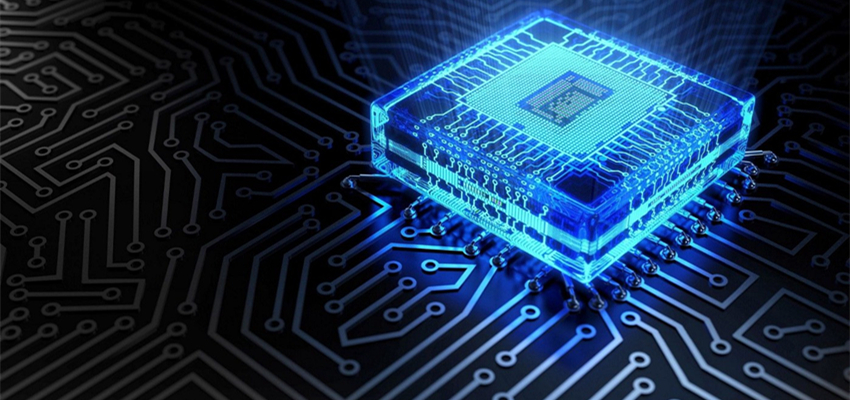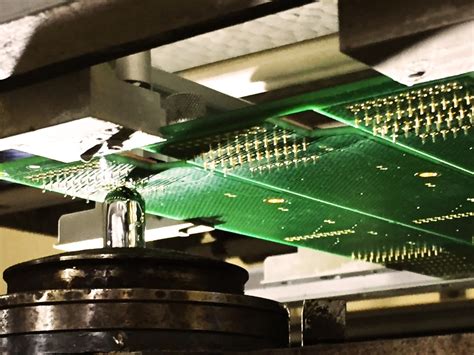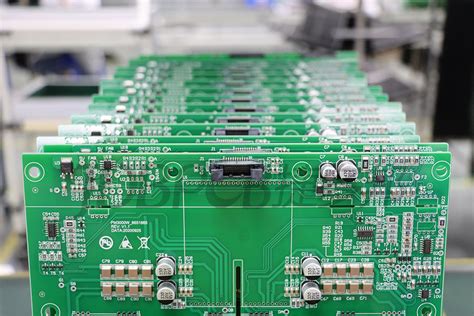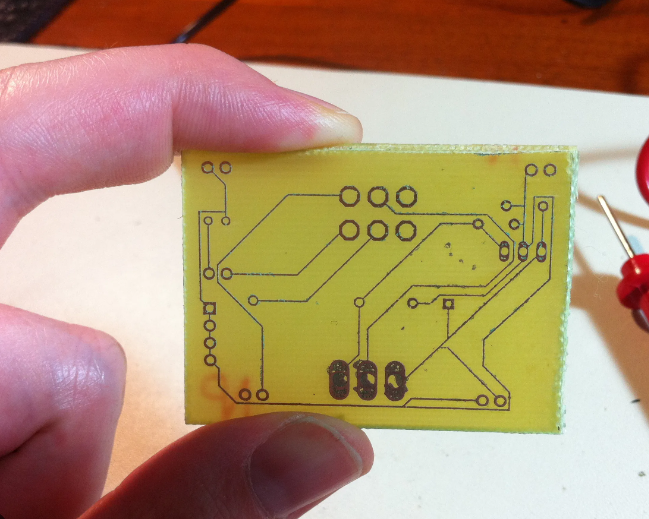Essential! Detailed explanation of common classifications of power management chips
Chip” target=”_blank”>Power management chips (Power Management Integrated Circuits) are chips that are responsible for the conversion, distribution, detection and other power management of electric energy in electronic equipment systems. Power management integrated circuits (ICs) are chips that are responsible for the conversion, distribution, detection and other power management of electric energy in electronic equipment systems. It is mainly responsible for converting source voltage and current into power that can be used by loads such as microprocessors and sensors. The application range of power management chips is very wide. The development of power management chips is of great significance to improving the performance of the whole machine. The selection of power management chips is directly related to the needs of the system, and the development of digital power management chips still needs to overcome the cost difficulties. In today’s world, people’s lives are inseparable from electronic equipment for a moment. Power management chips are responsible for the conversion, distribution, detection and other power management of electric energy in electronic equipment systems. Power management chips are indispensable to electronic systems, and the quality of their performance has a direct impact on the performance of the whole machine. Power management chips are electronic An indispensable component of the equipment system, it is responsible for the conversion, distribution, detection and other power management duties of electric energy.
It is mainly responsible for identifying the CPU power supply amplitude, generating corresponding short-moment waves, and driving the subsequent circuit to output power. Commonly used power management chips include HIP6301, IS6537, RT9237, ADP3168, KA7500, TL494, etc.

Basic type
Some of the main power management chips are dual-in-line chips, while others are surface-mount packages. Among them, the HIP630x series chips are relatively classic power management chips designed by the famous chip design company Intersil.
It supports two/three/four-phase power supply, supports VRM9.0 specifications, the voltage output range is 1.1V-1.85V, can adjust the output in intervals of 0.025V, and the switching frequency is as high as 80KHz. It has the characteristics of large power supply, small ripple, and small internal resistance, and can accurately adjust the CPU power supply voltage.
Power management IC (Power Management IC) is an integrated circuit used to manage power.
It can help reduce power consumption, improve system reliability and stability, and is widely used in various electronic devices and systems. In modern electronic products, PMIC has become one of the indispensable chips. This article collects and organizes some information, hoping to be of great reference value to readers.
Main parameters of power management IC chip:
Power consumption: The power consumption of power management IC chip is an important parameter, which reflects the energy consumption of the chip. The power consumption of power management IC chip is usually divided into static power consumption and dynamic power consumption. Static power consumption refers to the power consumption of the chip in standby state, while dynamic power consumption refers to the power consumption of the chip in running state.
Conversion efficiency: Conversion efficiency is another important parameter of power management IC chip, which reflects the efficiency of the chip in converting input power into output power. The conversion efficiency of power management IC chip is usually divided into three types: input efficiency, output efficiency and application efficiency.
Voltage regulation accuracy: Voltage regulation accuracy refers to the regulation accuracy of the input voltage of the power management IC chip. The higher the voltage regulation accuracy, the more stable the output voltage of the chip.
Current control accuracy: Current control accuracy refers to the control accuracy of the output current by the power management IC chip. The higher the current control accuracy, the more stable the output current of the chip.
Temperature control accuracy: Temperature control accuracy refers to the control accuracy of the chip temperature by the power management IC chip. The higher the temperature control accuracy, the more stable the temperature of the chip.
Response speed: Response speed refers to the speed at which the power management IC chip responds to the input signal. The faster the response speed, the more accurate the chip control.
Reliability: Reliability refers to the performance of the power management IC chip when it is used for a long time and switched frequently. The higher the reliability, the longer the service life of the chip.
Common power management IC chips
In daily life, people are increasingly dependent on electronic devices. The upgrading of electronic technology also means that people have high hopes for the development of power technology. The following will introduce the main categories of power management technology.
Power management semiconductors, from the perspective of the devices included, clearly emphasize the position and role of power management integrated circuits (power management ICs, referred to as power management chips). Power management semiconductors include two parts, namely power management integrated circuits and power management discrete semiconductor devices.
In daily life, people are increasingly dependent on electronic devices.
The upgrading of electronic technology also means that people have high hopes for the development of power technology. The following will introduce the main categories of power management technology.
From the perspective of the devices included, power management semiconductors clearly emphasize the position and role of power management integrated circuits (power management ICs, referred to as power management chips). Power management semiconductors include two parts, namely power management integrated circuits and power management discrete semiconductor devices.
Power management integrated circuits include many categories, which are roughly divided into voltage regulation and interface circuits.
Voltage regulators include linear low-dropout regulators (i.e. LDOs), as well as positive and negative output series circuits, in addition to pulse width modulation (PWM) type switching circuits, etc.
Due to technological advances, the physical size of digital circuits in integrated circuit chips is getting smaller and smaller, so the working power supply is developing towards low voltage, and a series of new voltage regulators have emerged.
The interface circuits for power management mainly include interface drivers, motor drivers, power field effect transistor (MOSFET) drivers, and high voltage/high current display drivers, etc.
Power management discrete semiconductor devices include some traditional power semiconductor devices, which can be divided into two categories, one of which includes rectifiers and thyristors; the other is triode type, including power bipolar transistors, power field effect transistors (MOSFET) with MOS structure and insulated gate bipolar transistors (IGBT), etc.
To a certain extent, it is because of the large-scale development of power management ICs that power semiconductors are renamed power management semiconductors.
It is also because so many integrated circuits (ICs) have entered the power supply field that people refer to the current power supply technology more as power management.
The dominant part of power management semiconductors is power management ICs, which can be roughly summarized into the following 8 types.
1.AC/DC modulation IC, containing low voltage control circuit and high voltage switching transistor;
2. DC/DC modulation IC, including boost/buck regulator, and charge pump;
3. Power factor control PFC pre-modulation IC, providing power input circuit with power factor correction function;
4. Pulse modulation or pulse amplitude modulation PWM/PFM control IC, which is a pulse frequency modulation and/or pulse width modulation controller for driving external switches;
5. Linear modulation IC (such as linear low voltage dropout regulator LDO, etc.), including positive and negative regulators, and low voltage dropout LDO modulation tube;
6. Battery charging and management IC. Including battery charging, protection and power display IC, as well as “smart” battery IC that can communicate battery data;
7. Hot plug board control IC (avoid the impact of inserting or removing another interface from the working system); 8. MOSFET or IGBT switching function IC.
Among these power management ICs, voltage regulation IC is the fastest growing and largest output part. Various power management ICs are basically related to some related applications, so more types of devices can be listed for different applications.

The technical trend of power management is high efficiency, low power consumption and intelligence.
Improving efficiency involves two different aspects: on the one hand, we want to maintain the overall efficiency of energy conversion while reducing the size of the equipment; on the other hand, we want to protect the size and greatly improve efficiency.
Selection factors
The scope of power management is relatively broad, including separate power conversion (mainly DC to DC, i.e. DC/DC), separate power distribution and detection, and systems combining power conversion and power management.
Correspondingly, the classification of power management chips also includes these aspects, such as linear power chips, voltage reference chips, switching power chips, LCD driver chips, LED driver chips, voltage detection chips, battery charging management chips, etc.
The following briefly introduces the main types and applications of power management chips.
If the designed circuit requires the power supply to have high noise and ripple suppression, requires a small PCB board area (such as mobile phones and other handheld electronic products), the circuit power supply does not allow the use of inductors (such as mobile phones), the power supply needs to have instantaneous calibration and output state self-test functions, requires the voltage regulator to have low voltage drop and power consumption, low line cost and simple solution, then a linear power supply is the most appropriate choice.
This power supply includes the following technologies: precise voltage reference, high-performance, low-noise op amp, low voltage drop regulator, and low quiescent current.
In low-power power supply, op amp negative power supply, LCD/LED drive and other occasions, capacitor-based switching power supply chips, which are commonly referred to as charge pumps, are often used.
There are many chip products based on the working principle of charge pumps, such as AAT3113, which is a white light LED driver chip composed of a low-noise, constant-frequency charge pump DC/DC converter.
AAT3113 uses fractional (1.5×) conversion to improve efficiency. The device drives 4 LEDs in parallel, with an input voltage range of 2.7V to 5.5V, and can provide about 20mA of current for each output.
The device also has a thermal management system feature to protect any output pin from short circuits. Its embedded soft-start circuit prevents current overshoot at startup. AAT3113 uses a simple serial control interface to enable, shut down and control the brightness of the chip in 32 levels of logarithmic scale.
Inductor-based DC/DC chips have the widest range of applications, including PDAs, cameras, backup batteries, portable instruments, microphones, motor speed control, display bias and color adjusters.
The main technologies include: BOOST structure current mode loop stability analysis, BUCK structure voltage mode loop stability analysis, BUCK structure current mode loop stability analysis, overcurrent, overtemperature, overvoltage and soft start protection functions, synchronous rectification technology analysis, reference voltage technology analysis.
In addition to the basic power conversion chip, the power management chip also includes power control chips for the purpose of rational use of power. Such as NiH battery intelligent fast charging chip, lithium-ion battery charging and discharging management chip, lithium-ion battery overvoltage, overcurrent, overtemperature, short circuit protection chip.
Chips for switching management between line power supply and backup battery, USB power management chips; charge pumps, multi-channel LDO power supply, power-on timing control, multiple protections, complex power chips for battery charging and discharging management, etc.

Especially in consumer electronics.
For example, portable DVDs, mobile phones, digital cameras, etc., almost 1-2 power management chips can provide complex multi-channel power supplies to optimize the performance of the system.
Application range
The application range of power management chips is very wide. The development of power management chips is of great significance to improving the performance of the whole machine. The selection of power management chips is directly related to the needs of the system, and the development of digital power management chips still needs to overcome the cost difficulties.
In today’s world, people’s lives are inseparable from electronic devices for a moment.
Power management chips are responsible for the conversion, distribution, detection and other power management of electrical energy in electronic equipment systems. Power management chips are indispensable to electronic systems, and their performance has a direct impact on the performance of the entire machine.
Improve performance
All electronic devices have power supplies, but different systems have different requirements for power supplies. In order to maximize the performance of electronic systems, it is necessary to select the most suitable power management method.
First of all, the core of electronic equipment is semiconductor chips.
In order to increase the density of circuits, the characteristic size of chips has always been developing in a decreasing trend, and the electric field strength increases linearly with the decrease in distance. If the power supply voltage is still the original 5V, the generated electric field strength is enough to break down the chip.
Therefore, the requirements of electronic systems for power supply voltage have changed, that is, different step-down power supplies are needed. In order to maintain high efficiency while reducing the voltage, step-down switching power supplies are generally used.
At the same time, many electronic systems also require a power supply higher than the supply voltage. For example, in battery-powered devices, the backlight power supply that drives the LCD display and the ordinary white light LED driver all need to boost the system power supply, which requires a boost switching power supply.
In addition, modern electronic systems are developing towards high speed, high gain, and high reliability. Even small interference on the power supply has an impact on the performance of electronic equipment, which requires a power supply with advantages in noise, ripple, etc., and the system power supply needs to be stabilized and filtered, which requires a linear power supply.
The above different power management methods can be achieved through the corresponding power chip combined with very few peripheral components. It can be seen that the development of power management chips is an indispensable means to improve the performance of the whole machine.







